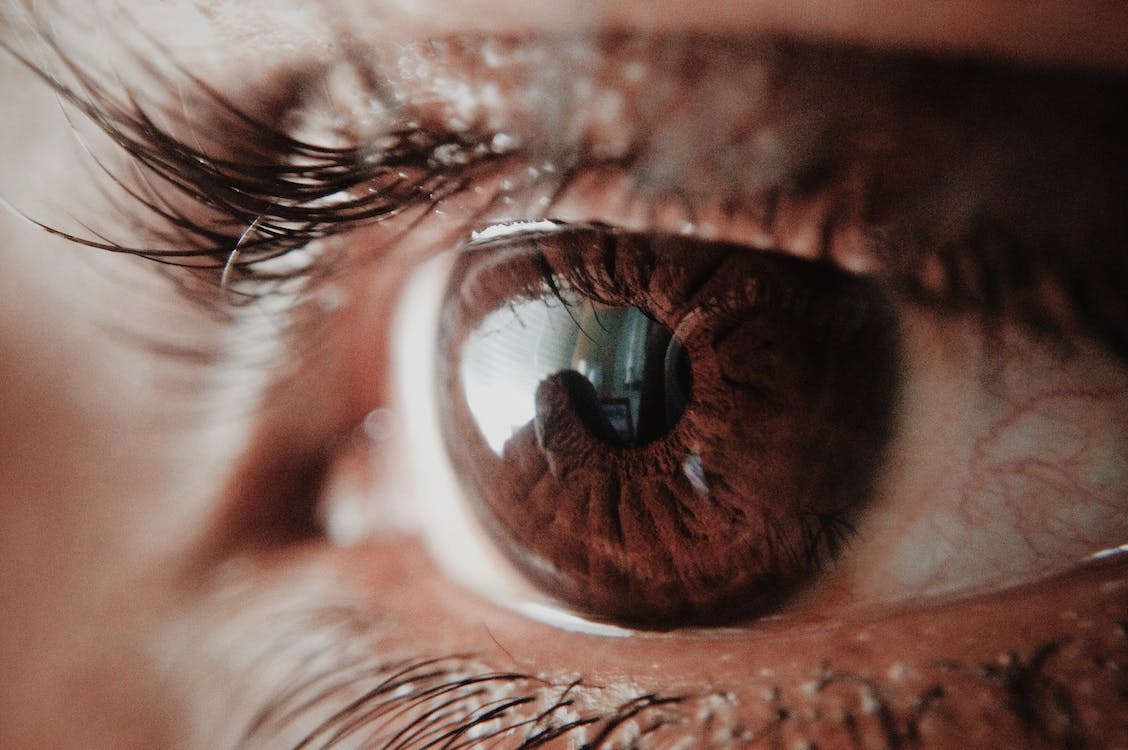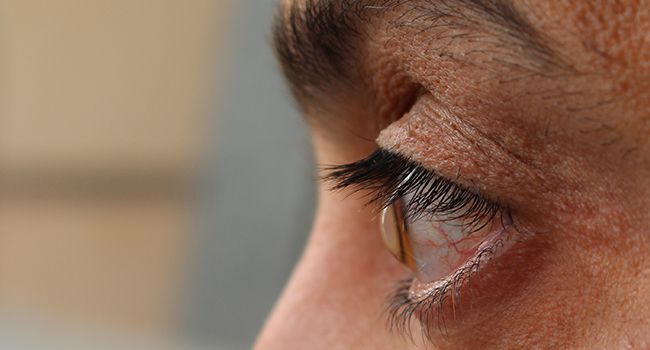Keratoconus Causing Acute Myopic Shift
Greetings to all and sundry,
I do hope we are all doing very well and having a wonderful time. The weekend we have all been waiting for is here, 4 more days to the end of the long January and we are all pretty much excited to get to rest from the hustle and bustle of this week.

Well I am pretty excited about the weekend too, Ghana will be having its first Hive meetup in two locations, Ashanti Region and Northern region and I will be attending with my friends, I will also get the chance to get my Hive T-shirt, and finally, and we will also get to share hive with others and learn together.
I would tell you all about it tomorrow after all is said and done, but for tonight I would be talking about a condition known as Keratoconus and how it brings about myopia, what can be done about it, and some known causes so we can protect ourselves if possible. I hope you stay with me and enjoy the read as usual.
Introduction
There are lots of conditions that can affect the eye and most of these have their own effects they come with, some of these have idiopathic causes whereas others come as a result of an underlying condition either within the eye itself or the body whereas some also come about due to our habits or actions.
Keratoconus is one such condition that is quite disturbing, has the potential of causing loss of vision or sight, is quite difficult to treat or even figure out in the first place if not experienced and we are not even certain what causes it. So what exactly is this condition and what's its relation to myopia?

Well, the eye is quite malleable and reactive to the minute changes that go on within our body, and so a diabetic person would have the anatomy and physiology of the eye react accordingly which could have an impact on vision. In the same vein, a hypertensive person would experience something similar and it goes on.
When we talk about the myopic shift we are looking at a situation where an emmetropic eye (an ideal eye that can see both far and near clearly without needing optical aid or glasses or extra effort from the eye) suddenly increases in power such that the eye now becomes nearsighted with distant objects becoming blurry. Keratoconus as well as many other conditions are known to cause this and so let's look at how it does that.
Keratoconus
Keratoconus can be described as the bulging of the eye of the cornea or as professionals would like to put it an ectatic condition of the cornea which comes about due to progressive thinning of the cornea.
Some consider this a degenerative disease whereas others consider it to be a defect in the production of collagen and mucopolysaccharide within the cornea. Whichever it may be more studies are currently ongoing and hopefully, shortly the various schools of thought would have concluded on a single point through research.

So in keratoconus, the cornea thins out and this results in it bulging along its axial axis, this progressive thinning results in an optical increase in the dioptric power of the lens. Based on the laws of physics being the lens (in this case the cornea) curves the power increases for a convex lens and this result in images being brought closer to the lens as its focal point is shortened.
And so the cornea whose focal point initially was on the retina such that sharp images are formed there for phototransduction and thus clear vision, the images are now formed in front of the retina resulting in blurred images on the retina. This is known as acute myopic shift and can be corrected with lenses just like in the case of refractive errors.
The only issue here is that due to the nature of the condition, the cornea losses its regularity and so the lenses ain't able to correct it completely, the image quality is however improved, and as the condition progressives changes would have to be made to the lens for clear vision to be possible for the individual.
The progression of the condition may result in something we call hydrops, where the descent's membrane which is one of the 5 layers of the cornea ruptures. The cornea then becomes edematous, and the vision is substantially impaired, due to the innervation of the cornea this is quite painful and tolerance for bright light may decline substantially.

When this resolves scar tissues are formed and the transparency or integrity of the cornea is compromised this is when vision is permanently impaired and can not be regained unless perhaps a cornea transplant. However, when caught early there are treatment options which include the use of rigid gas-permeable contact lenses and surgery (keratoplasty) to make things better.
Scientists have associated the condition with conditions like Down Syndrome, Marfan's syndrome, retinitis pigmentosa, ectopic lentis, vernal keratoconjunctivitis (and so please stop rubbing your eyes before your cornea starts to protrude) among others. The best option you have though is early detection which is best diagnosed by an Optometrist or Ophthalmologist. And so please take your eye care seriously and have regular eye examinations.
Conclusion
In almost all the conditions we have discussed so far concerning our ocular health we learn that early detection is key and that regular eye examination is important and so please let's make effort towards this, tell that friend, tell your neighbor, advise your relatives to get their eyes checked if they have yet to do so.

let's do well to avoid over-the-counter medication without proper diagnosis as it could bring about a lot of complications later on and if it has to do with the eye then you could be putting your sight in danger for all you know. It is my hope that these writeups I share with you, that it would help someone out there do better and perhaps save a sight one of these days. It is always a pleasure to come your way, thanks for reading and for your time, and have a great weekend. Cheers!
Further Reading
Davidson, A. E., Hayes, S., Hardcastle, A. J., & Tuft, S. J. (2014). The pathogenesis of keratoconus. Eye (London, England), 28(2), 189–195. https://doi.org/10.1038/eye.2013.278.
Fournié, P., Touboul, D., Arné, J. L., Colin, J., & Malecaze, F. (2013). Kératocône [Keratoconus]. Journal francais d'ophtalmologie, 36(7), 618–626. https://doi.org/10.1016/j.jfo.2013.05.004.
Santodomingo-Rubido, J., Carracedo, G., Suzaki, A., Villa-Collar, C., Vincent, S. J., & Wolffsohn, J. S. (2022). Keratoconus: An updated review. Contact lens & anterior eye: the journal of the British Contact Lens Association, 45(3), 101559. https://doi.org/10.1016/j.clae.2021.101559.
Lee, S. S., Lingham, G., Sanfilippo, P. G., Hammond, C. J., Saw, S. M., Guggenheim, J. A., Yazar, S., & Mackey, D. A. (2022). Incidence and Progression of Myopia in Early Adulthood. JAMA ophthalmology, 140(2), 162–169. https://doi.org/10.1001/jamaophthalmol.2021.5067
Thanks for your contribution to the STEMsocial community. Feel free to join us on discord to get to know the rest of us!
Please consider delegating to the @stemsocial account (85% of the curation rewards are returned).
Thanks for including @stemsocial as a beneficiary, which gives you stronger support.